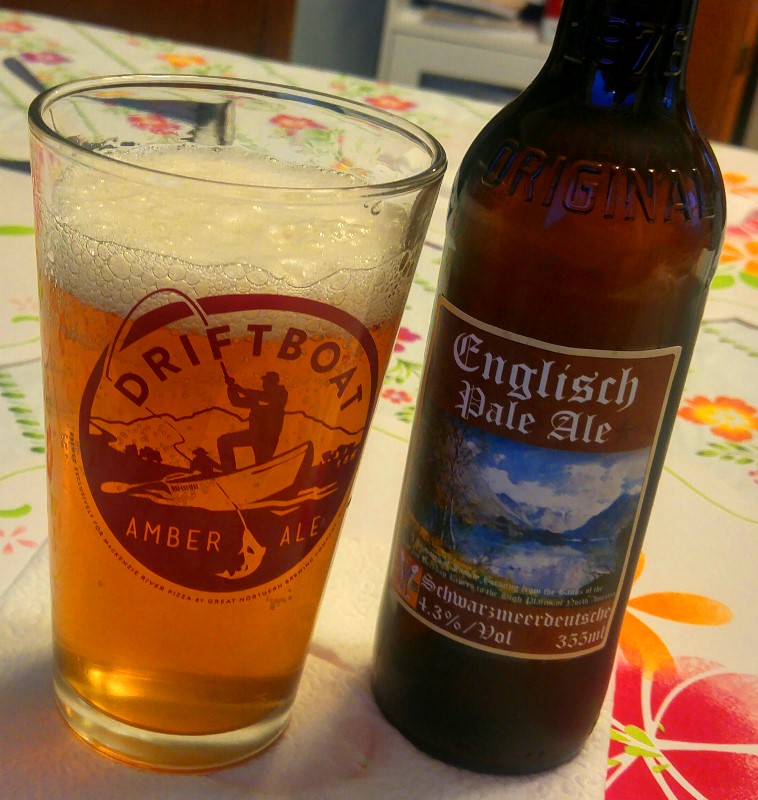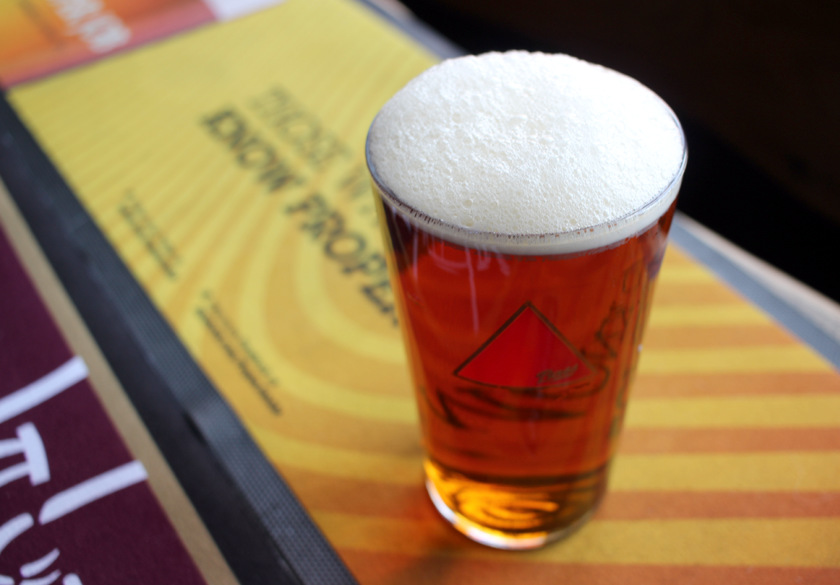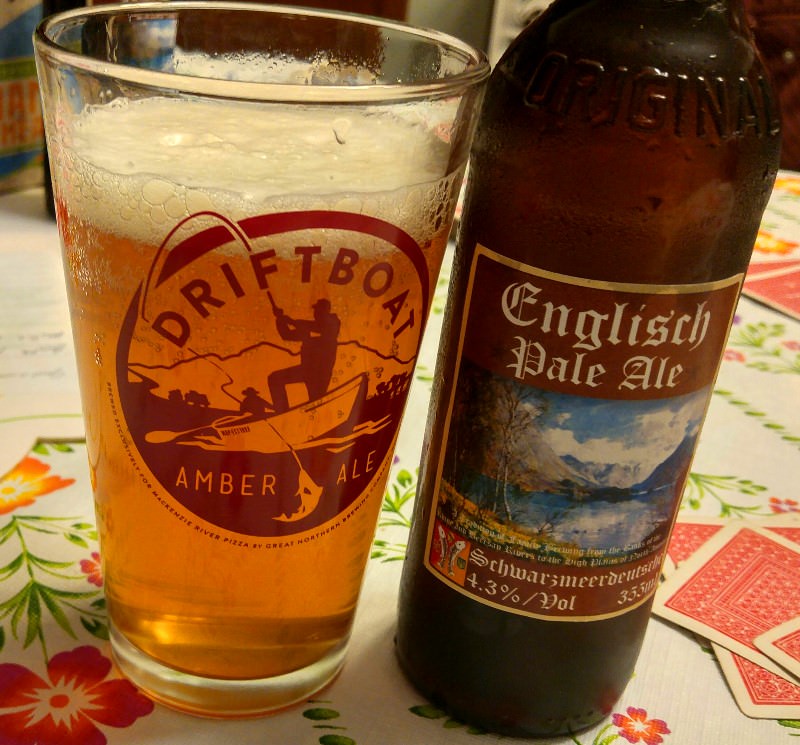TasunkaWitko
Well-Known Member
G'morning, gents - I wanted to drop a quick note and express my appreciation for keeping this discussion going. I am learning a LOT and enjoying every minute of it. 
For me, the choice of the Fuggles hops is sentimental more than anything. The first beer I brewed (a chocolate-maple porter) was with these hops, and they really appeal to me, especially this time of year.
We did do quite a bit of hunting last weekend, so I was unable to brew my beer at that time. Technical problems are keeping me from brewing this week, but perhaps this weekend!

For me, the choice of the Fuggles hops is sentimental more than anything. The first beer I brewed (a chocolate-maple porter) was with these hops, and they really appeal to me, especially this time of year.
We did do quite a bit of hunting last weekend, so I was unable to brew my beer at that time. Technical problems are keeping me from brewing this week, but perhaps this weekend!


























![Craft A Brew - Safale BE-256 Yeast - Fermentis - Belgian Ale Dry Yeast - For Belgian & Strong Ales - Ingredients for Home Brewing - Beer Making Supplies - [3 Pack]](https://m.media-amazon.com/images/I/51bcKEwQmWL._SL500_.jpg)



































